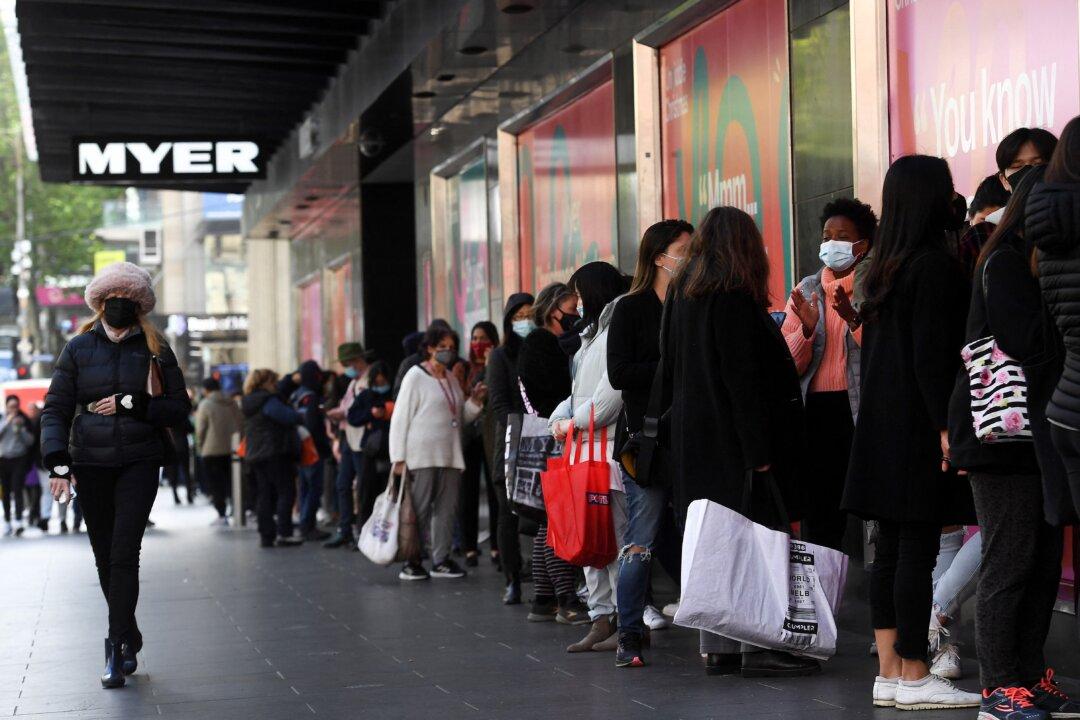Global consulting firm Deloitte has forecast that Australia’s economic growth will decline in the next 12 months, but not at an alarming rate.
In its latest quarterly Business Outlook report, Deloitte predicted the Australian economy to grow by three percent in the 2022-2023 financial year and 2.5 percent in the next year.





